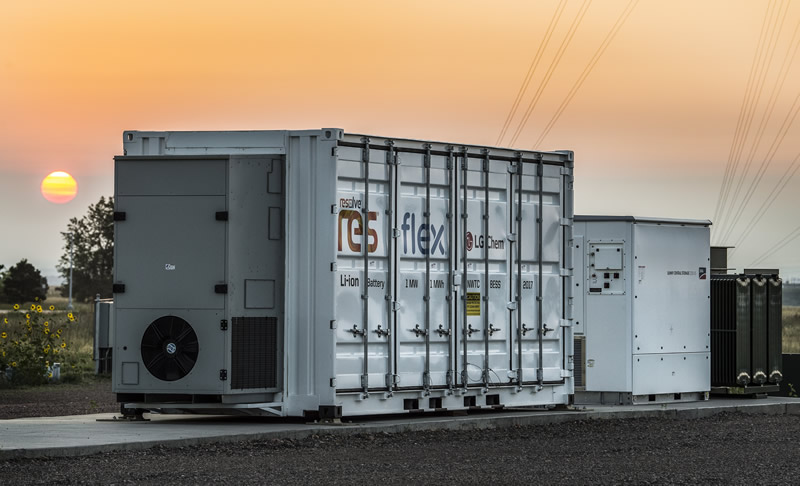Bloomberg New Energy Finance (BNEF) is reporting that the benchmark cost for lithium-ion batteries has fallen 35% since the first half of 2018. This trend continues significant cost declines for batteries which, when combined with renewable resources, as Bloomberg first reported in 2018, are challenging the role of coal and gas.

According to Elena Giannakopoulou, head of energy economics at BNEF, the cost improvement in lithium-ion batteries is striking. “Looking back over this decade, there have been staggering improvements in the cost-competitiveness of these low-carbon options, thanks to technology innovation, economies of scale, stiff price competition and manufacturing experience,” she said. The cost of lithium-ion battery storage has dropped by 76% since 2012.
When batteries are co-located with solar or wind in solar-plus-storage or wind-plus-storage projects, they are starting to compete, in many markets and without subsidy, with coal- and gas-fired generation for the provision of ‘dispatchable power’ that can be delivered whenever the grid needs it (as opposed to when solar and wind conditions are ideal for power production). The cost of lithium-ion battery storage has dropped by 76% since 2012.
Up until now, gas-fired power plants have been the mainstay for meeting peak electricity demand, but now batteries are able to challenge gas peaking plants, according to the new Bloomberg report.
Giannakopoulou also remarked that onshore wind and solar PV continue their downward price trend with the LCOE declining by 10% and 18%, respectively, to $50/MWh and $57/MWh compared to a year ago.
